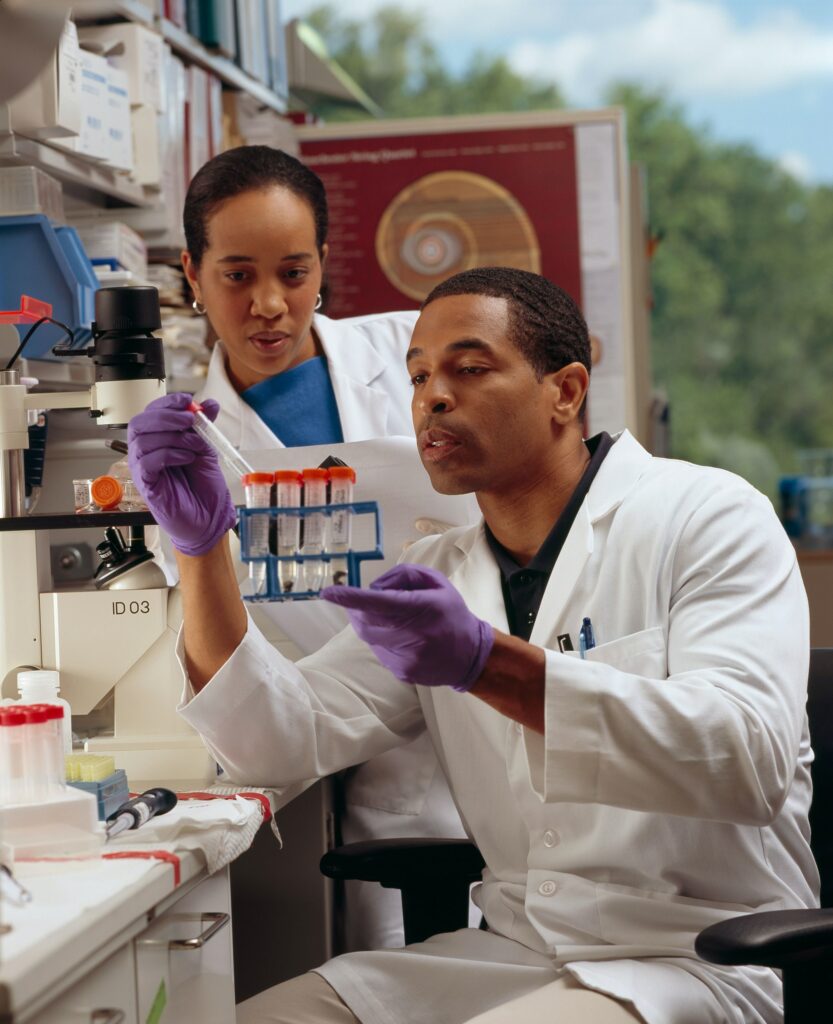Researched and written by Evangelos – ~4 min read

Everything You Need To Know About Life Science Translation
The world is becoming increasingly specialized, and with that, the need for accurate and reliable translation services in specialized fields has grown exponentially. This is especially true in the life science field, where new research and development is constantly being published in different languages.
Life science translation is the process of translating documents and other materials related to the life sciences, such as medicine, biology, and biotechnology. It is a complex and challenging field, requiring a deep understanding of the scientific terminology and concepts involved.This blog post will help demystify the different types of life science translation, its benefits and challenges.
There are many different types of life science translations, including:
- Medical translations: This includes translations of medical records, patient information leaflets, and clinical trial protocols.
- Pharmaceutical translations: This includes translations of drug labels, package inserts, and marketing materials.
- Scientific translations: This includes translations of research papers, textbooks, and technical reports.
- Regulatory translations: This includes translations of regulations, guidelines, and standards.
Benefits of Life Science Translation
There are many benefits to life science translation. Some of the most important benefits include:
- Improved communication: Life science translation can help to improve communication between scientists, researchers, and healthcare professionals from different countries. This can lead to better collaboration and the sharing of knowledge, which can ultimately lead to new discoveries and treatments.
- Increased access to information: Life science translation can help to make life science research and information more accessible to people all over the world. This can help to improve public health and well-being.
- Promoting innovation: Life science translation can help to promote innovation by facilitating the transfer of knowledge and technology between different countries. This can lead to the development of new products and treatments that can benefit people all over the world.
The Challenges of Life Science Translation
Despite the benefits, there are many challenges associated with life science translation. Some of the most common challenges include:
- The use of technical terminology: Life science texts are full of technical terms that may not be familiar to the target audience. The translator must be able to accurately translate these terms, while also making sure that the text is still understandable.
- The need for accuracy: Life science translations must be accurate, as even the smallest error can have serious consequences. The translator must have a deep understanding of the scientific concepts involved in the text and must be able to translate them correctly.
- The need for cultural sensitivity: Life science texts may contain cultural references that may not be understood by the target audience. The translator must be aware of these cultural differences and must be able to adapt the text accordingly.
- The need for up-to-date information: Life science research is constantly evolving, so it is important for life science translators to stay up-to-date on the latest terminology and concepts.
- The need for specialized software: There are a number of specialized software programs that can be used to assist with life science translation. These programs can help with tasks such as terminology management, translation memory, and quality assurance.
Life science translations must be accurate and precise, as even the smallest error can have serious consequences. For example, a mistranslated drug label could lead to a patient taking the wrong dosage or taking a drug for the wrong condition.
That is why it is important to hire a qualified life science translator with solid experience and a proven track record in the specific field of translation. The translator should also be familiar with the target language and culture, as this can affect the meaning of the translation.
In addition to accuracy and precision, life science translations must also be clear and concise. The translator should use language that is easy for the target audience to understand, without sacrificing the scientific accuracy of the text.
Bottom Line
Life science translation is a vital part of the global exchange of knowledge and information. By ensuring that life science research and development is accessible to people all over the world, life science translation helps to improve the health and well-being of people everywhere.





